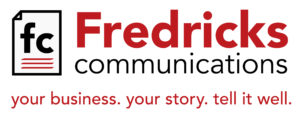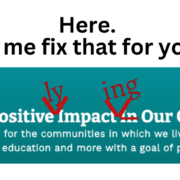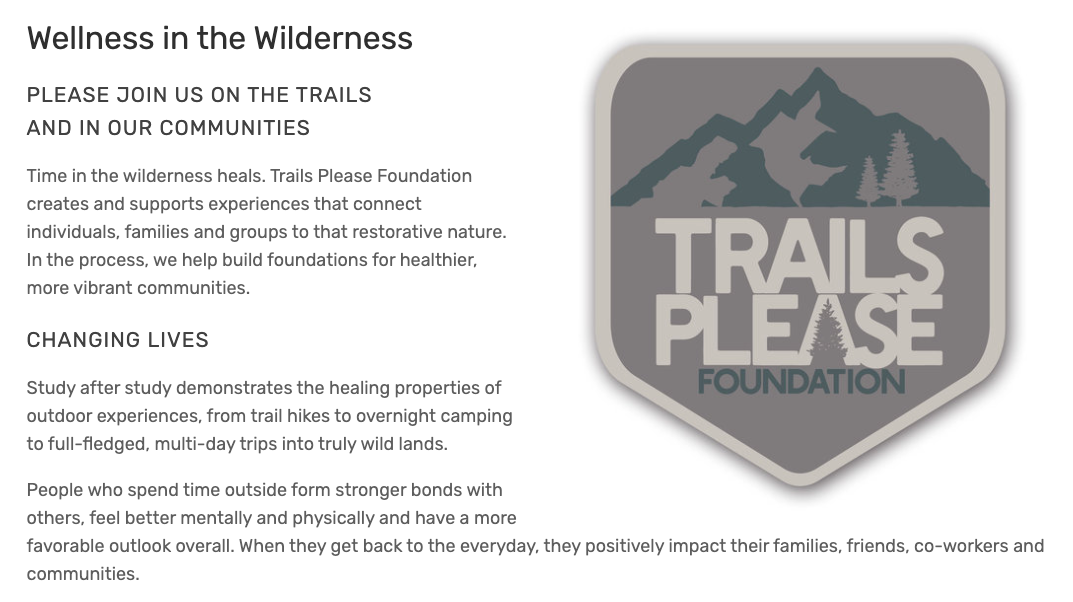Orwellian Copywriting
Less is more.
![]()
Why so many advertising and public relations copywriters do this (see above) is a mystery.
We copywriters should always follow George Orwell’s third Rule for Writing –
![]()
If it is possible to cut a word out,
always cut it out.
![]()
I grabbed this screenshot from a company that wants my business and emailed me about its new and “improved” website. I kind of wish the company would hire me to help with its communication…
Purists argue the noun, impact, should never be insulted by turning it into into the verb, “impacting.” They would evoke Orwell’s sixth rule:
![]()
Break any of these rules
sooner than say anything outright barbarous.
![]()
These grammarians argue “impacting” is simply another example of the base, coarse, disgusting habit of “verbifying” nouns, suggesting it’s the purview of hoodlums who are too lazy to come up with what they see as a “true verb.” “Verbifying… can get a bad reputation for sounding potentially too informal…,” notes twinkle.com, a resource for teachers.
However, in the case of impact, Merriam-Webster points out people were using it as a verb a couple of hundred years before there’s evidence of its use as a noun. So, yeah, verbifying the word is absolutely acceptable.
The purists also fail to acknowledge one of the greatest aspects of language: its evolution and resulting enrichment. “Impacting” is a common and correct usage, regardless of whether grammarians are ready to put their stamps of approval on it. If not, I wouldn’t be able to write “emailed me,” above, either. Besides, we’re talking advertising, marketing and public relations here; informality, a.k.a. familiarity, is a plus.
But enough about the sticklers.
Let’s take a look at all six of Orwell’s rules from his essay, “Politics and the English Language.” Following them will improve any copywriter’s work, or anyone’s writing, for that matter.
- Never use a metaphor, simile, or other figure of speech which you are used to seeing in print.
- Never use a long word where a short one will do.
- If it is possible to cut a word out, always cut it out.
- Never use the passive where you can use the active.
- Never use a foreign phrase, a scientific word, or a jargon word if you can think of an everyday English equivalent.
- Break any of these rules sooner than say anything outright barbarous.
Barbarous. What a great word.
Which is where I started this short essay, with words. Writing fewer, that is. Full stop.
![]()



 A significant percentage of families in our nation, including many led by single mothers, can’t afford a vacation, even a one-night camping trip. And a lot of them don’t have transportation in the first place. Foot to Soil is working to change our communities one family and one person at a time by taking them to the outdoors for a unique camping and hiking experience. The Trails Please Foundation is a 501(C)(3) that raises funds for the program.
A significant percentage of families in our nation, including many led by single mothers, can’t afford a vacation, even a one-night camping trip. And a lot of them don’t have transportation in the first place. Foot to Soil is working to change our communities one family and one person at a time by taking them to the outdoors for a unique camping and hiking experience. The Trails Please Foundation is a 501(C)(3) that raises funds for the program.








